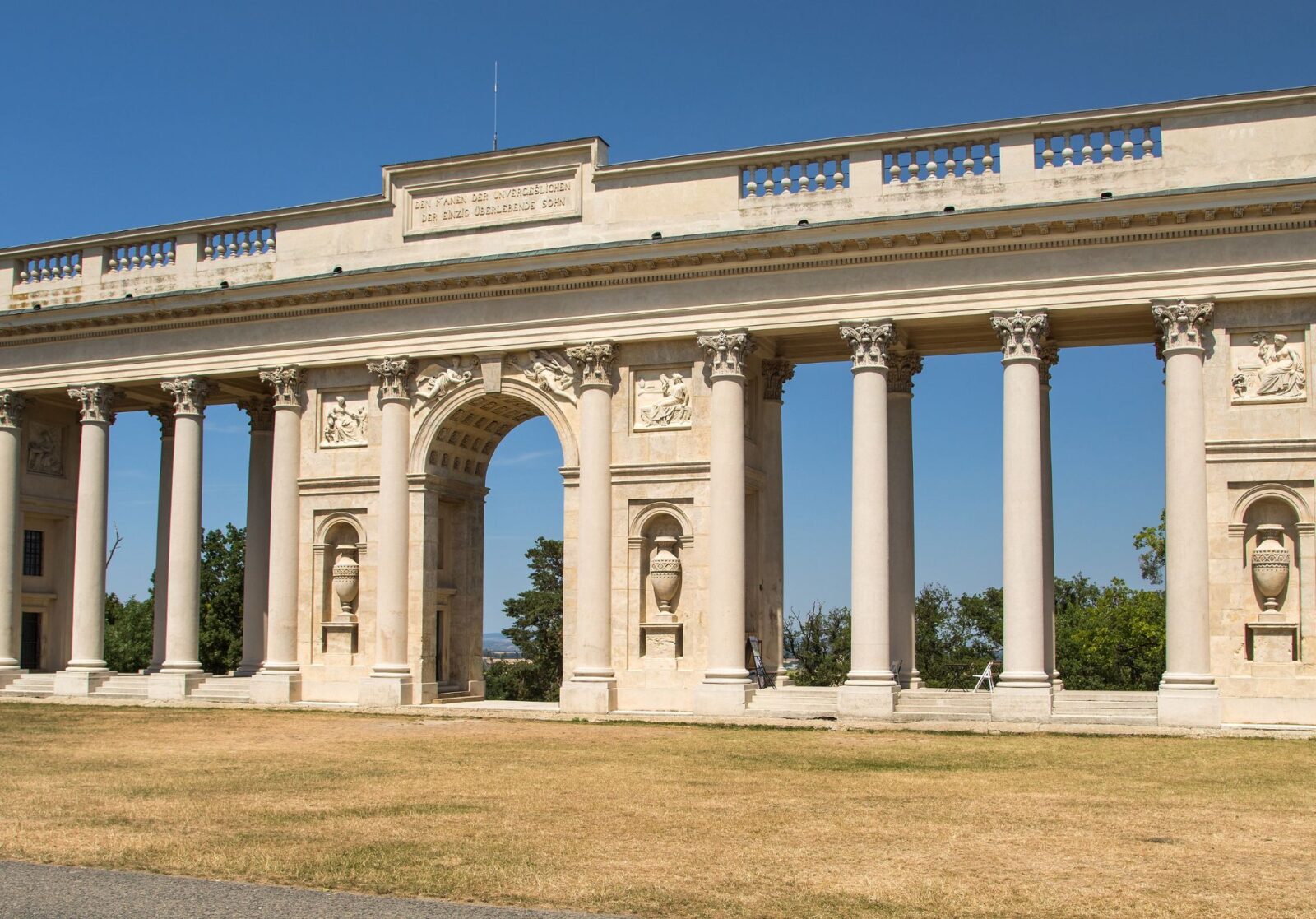Nestled in the picturesque South Moravian region of the Czech Republic, the Lednice-Valtice area represents one of the most remarkable examples of landscape architecture in Europe. Covering nearly 300 square kilometres, this UNESCO World Heritage Site is an extraordinary combination of natural beauty and human ingenuity, created over centuries by the powerful Liechtenstein family.
Historical significance
The history of the complex dates back to the 13th century, when the Liechtenstein family first acquired the area. However, its most significant transformation took place between the 17th and 19th centuries, when the ruling family commissioned the leading architects of the time to create the largest man-made landscape in Europe.
This architectural ensemble captures the evolution of building styles from Neo-Gothic to Baroque to Classical, reflecting the changing tastes and ambitions of one of Europe’s most influential noble families. The Liechtensteins developed the grounds until 1945, when their property was confiscated by the Czechoslovak state.
Architectural gems
Lednice Castle
The jewel of the whole complex is the Neo-Gothic Lednice Castle, rebuilt in the 1840s by the architect Jiří Wingelmüller. Its ornate facade with fine stonework and Gothic turrets hides rich interiors, including a unique spiral staircase carved from a single piece of oak. The castle’s 90-metre-long greenhouse, an engineering marvel of its time, demonstrates the Victorian fascination with exotic plants and technological innovation.
Valtice Castle
The Baroque Chateau Valtice, often called the “Capital of Wine”, forms the second architectural pillar of the complex. Originally a medieval castle, it was transformed into a magnificent mansion during the 17th and 18th centuries. Today, the castle is home to the National Wine Centre, which celebrates the region’s rich wine tradition, and historic wine cellars with roots going back several centuries.
Landscape design and salutes
A unique feature of the Lednice-Valtice area is its collection of salettes – romantic buildings scattered across the landscape. Among the most important are:
- The Temple of Apollo.
- The Colonnade: a 60-metre-high structure offering panoramic views of Austria and Moravia
- Temple of the Three Graces: a fine classical pavilion
- Minaret: An unusual, 60-meter high Islamic-inspired observation tower
Natural Heritage
The site encompasses diverse ecosystems, including:
- Extensive landscaped parks covering 200 hectares
- Protected wetlands that are home to rare bird species
- Ancient oak forests
- Artificial lakes and canals created in the 19th century
- Cultural significance today
Today, the Lednice-Valtice area attracts more than 500,000 visitors a year. In addition to its architectural significance, it plays an important role in the cultural life of the Czech Republic and hosts numerous events such as:
- International Wine Festivals
- Classical music concerts
- Historical reconstructions
- Agricultural exhibitions
- Conservation and maintenance
Since its inscription on the UNESCO World Heritage List in 1996, extensive restoration work has been undertaken to preserve this cultural landscape. The Czech government, in cooperation with international organisations, has invested more than 500 million crowns in conservation projects over the last decade.
The Lednice-Valtice area is more than just a collection of beautiful buildings and gardens – it is a testament to human creativity and the harmonious integration of architecture and nature. As one of Central Europe’s most important cultural monuments, it continues to inspire visitors with its combination of romantic architecture, innovative landscape design and rich cultural heritage. The site serves as a model of cultural landscape conservation, proving that historic monuments can remain relevant and vibrant in the modern world.
 Vacation Rentals in CZ
Vacation Rentals in CZ